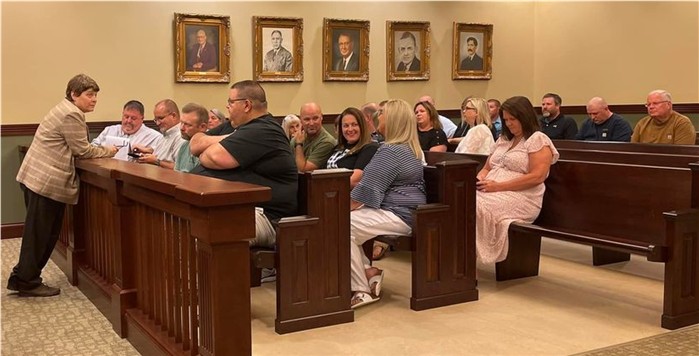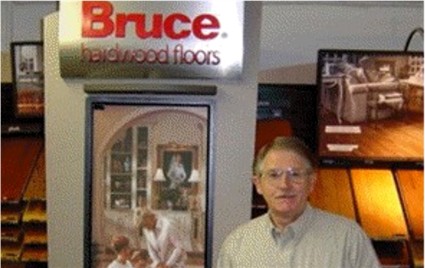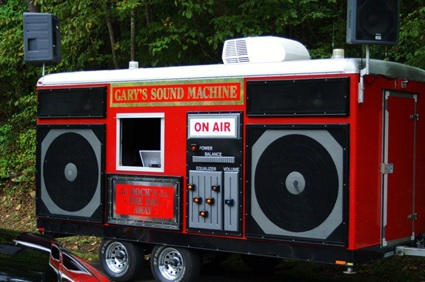
Scene inside the Circuit Courtroom in Clay County, Kentucky, Thursday, June 2, 2022
By Stella B. House, Attorney-at-Law, PSC
MANCHESTER, KY (June 4, 2022) - In 2008, when the Clay County Board of Education purchased approximately five acres from Melvin Hoskins' heirs, the Board knew that .379 acres of land had been dedicated to a cemetery, that being The Hoskins Cemetery.
If the Board members looked at the cemetery, then they would've seen physical signs of a burial ground, including over 70 tombstones. The deed, the survey, and the survey map all reflect the presence of a cemetery.
The cemetery even has its own separate tax-exempt property card in the property valuation administrator's offices. It states that the cemetery consists of .379 acres on Highway 421.
Family members, with the help of inmates at the local detention center during the pandemic, have cared for the cemetery. In fact, the Board hasn't argued that the cemetery was abandoned.
Hutchinson v. Akin, an 1871 Kentucky Supreme Court decision, states the rule of law that has been consistently followed by Kentucky courts. It stands for the proposition that, without any reservation or inhibition in the deed, Kentucky law prohibits the Board from removing the stones that mark the resting places of the dead buried there or injuring or removing the enclosure around the graveyard. It also compels the Board to permit the relatives of those buried there to exercise the right of ingress and egress.
In a subsequent decision, Rose v. Rose, the Kentucky courts confirmed that the right of an heir to visit a grave cannot be extinguished by the subservient fee owners through conveyance to another. In this case, the Board is the subservient fee owner. This means that the right of the plaintiffs and others to visit the graves of the decedents buried in the cemetery cannot be extinguished by the Board.
The vast majority of burial places in the US, like this cemetery, were established informally. Burial rights were granted by the landowner to family and neighbors. The most significant protection for these burial grounds comes from the common law doctrines that grant rights to the deceased and to the living. The common law provides that "the dead ... have rights, which are committed to the living to protect." Most significantly, the dead have the right to an undisturbed repose in perpetuity. As best stated in Pettigrew v. Pettigrew by the Pennsylvania Supreme Court, "cursed be he that moves my bones" expresses the universal sentiment of humanity.
It is our position that cemeteries and the remains of decedents cannot be bought and sold like regular property. Assuming, however, that the cemetery was purchased by the Board, I have a question. Who buys a cemetery with not the intent to care for and preserve it but with the intent to unearth the graves and relocate the cemetery? There is something inherently wrong with this scenario. In most instances when graves are moved to build a highway or road, there has been an eminent domain proceeding first. In this instance, the Board is requesting to remove the cemetery to build a parking lot for an athletic complex and there was no eminent domain proceeding. Since the Board is the subservient estate under Kentucky law, I believe an eminent domain proceeding is necessary.
* "Cursed Be He That Moves My Bones" is from a line in the personal epitaph of William Shakespeare.









